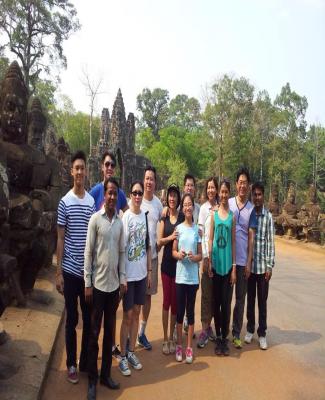

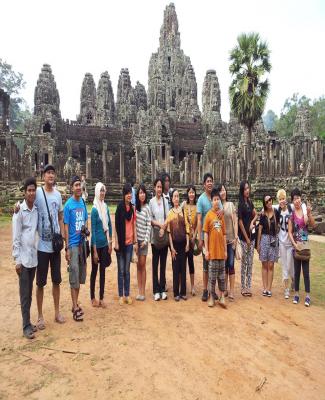
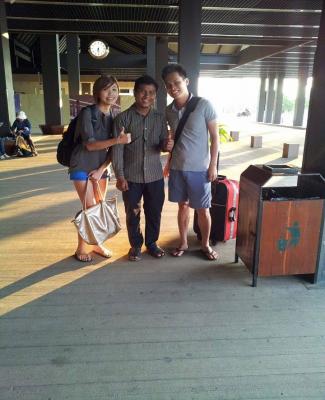
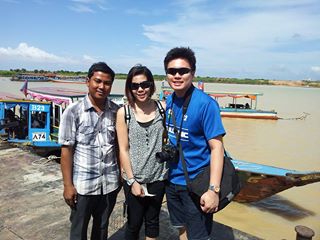
.jpg)

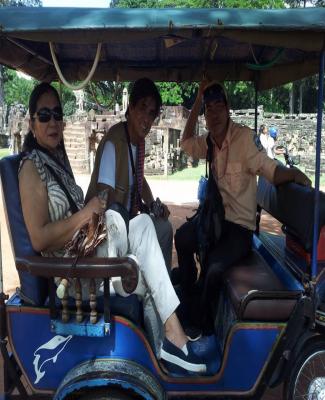
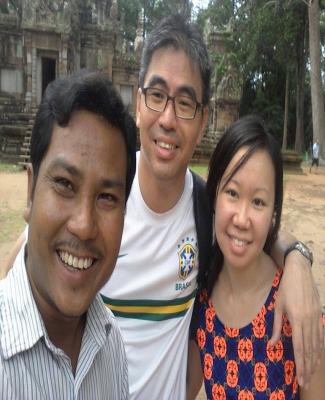

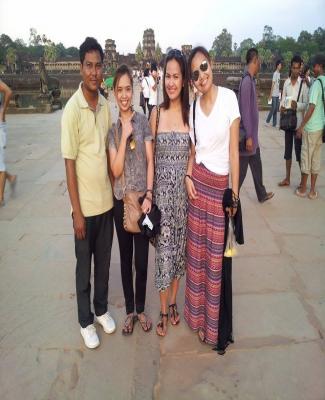
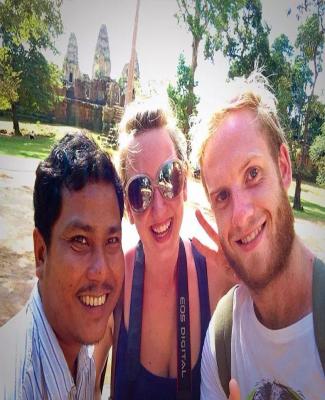


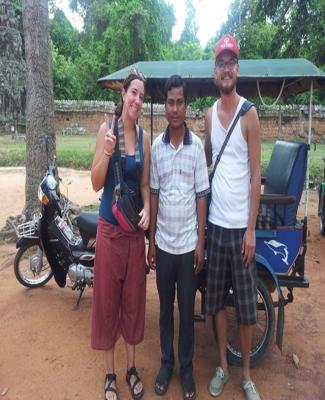

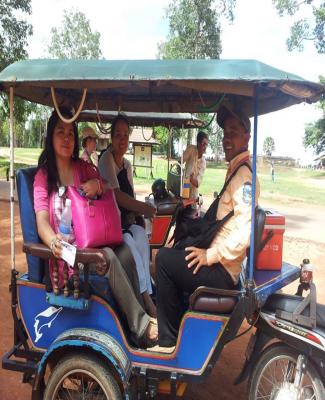
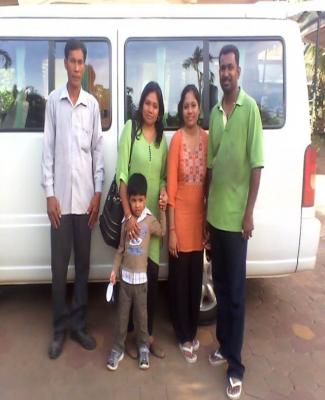
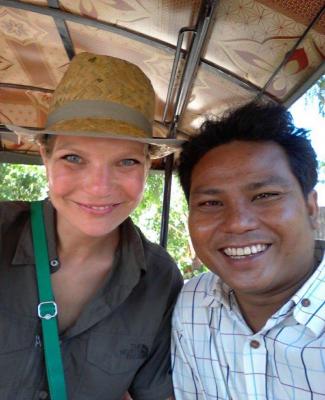
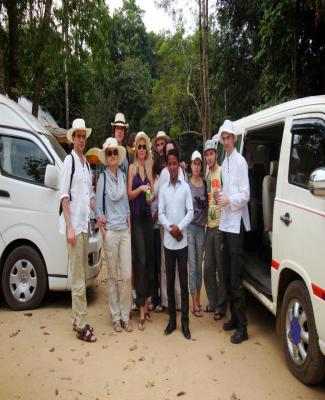
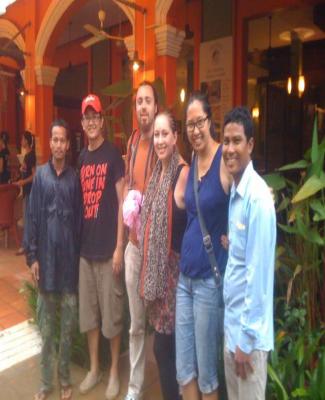

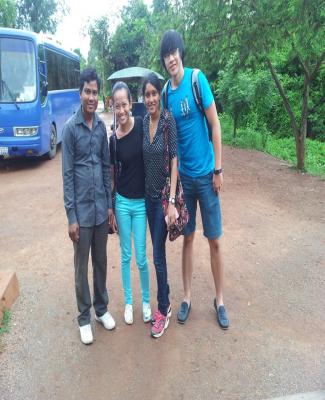
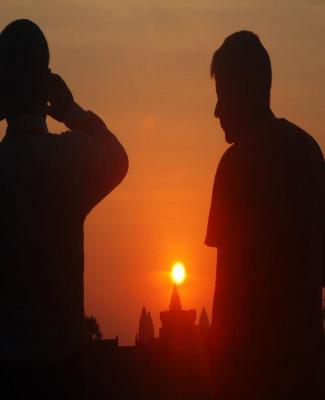
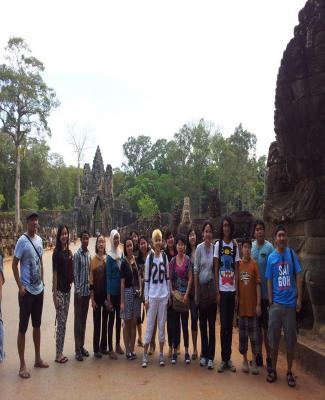
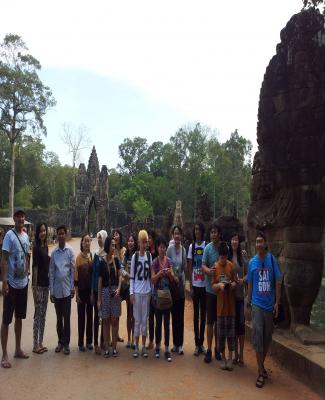
Trip to Prek Toal Bird Sanctuary in Siem Reap
Prek Toal is a magnificent floating village. It is from the village that we has access to Prek Toal's bird sanctuary which can be made only by boat from Siem Reap or Battambang. About 2 hours by boat to arrive at Prek Toal, and departure by any small boats with oar inside the sanctuary. Birds are few and some very big birds, such as pelicans, Big Marabouts, storks, made their nest on the big trees, according to the season. But it is a sanctuary and not a zoo and we can not always approach the birds very near, but we can observe them very well... A walk of one day by boat from Siem Reap with visit of the floating villages. A forest which appears from the lake, and observation of birds in boat, in the Prek Toal's bird sanctuary The Biosphere covers 31,282 hectares at et the northwest tip of the Tonle sap lake and plays host to species including Greater and lesser Adjuncts, Black-headed ibis, Painted stork, Milky stork, spot-billed pelican, Grey-headed Fish eagle and many more species. Of the three Biosphere core areas on the Tonle sap lake, Prek Toal is the most accessible from Siem Reap and the most popular with birdwatchers. The best time of year for viewing is the dry season (December-May) when flocks of migratory birds congregate at Prek Toal. as the dry season progresses and the water recedes the number of birds increases but the travel to some of the more important viewing areas becomes more difficult to go there. "Giant Ibis"
The Giant Ibis, Cambodia's National Bird is the largest ibis in the world. it is said that the sound it makes is like its Cambodian name, "Aou Loeuk" and is assiciated in folklore with calling farmers to go to their fields early in the morning.
it is very wary, early disturbed by noise and people and need silty wetland fields to find its diet of small amphibians and reptiles, and invertebrates like crickets. On our trip, we were lucky to see just one single bird and it was indeed cautious it flew as soon as it heard us. Giant Ibis used to be widespread in Southeast Asia. but deforstation, junting and wetland drainage for agriculture have brought their numbers down to only about 100 pairs in the Narthern plains of Cambodia and Southern Lao. |
Recently Guest Booking:
Guest Name: Jaxon Hepp
Country: Italy
City: Castel Dell'alpi
Travel Date:
Arrival By: Other
Tour Name: Special Angkor Tour 3 Days Option 2 (3days with Tuk Tuk Driver)



